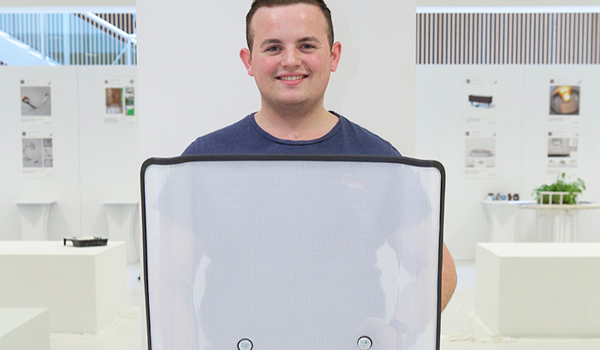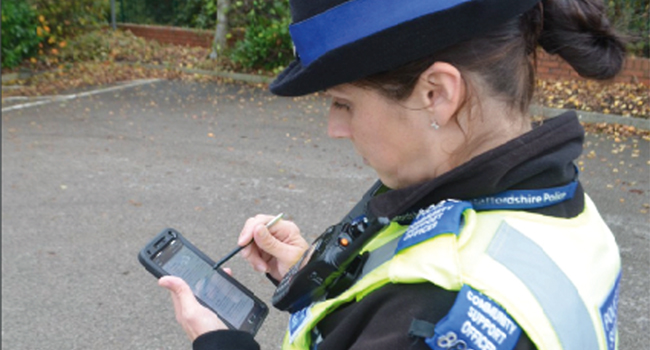Blood samples can be quickly analysed to specify age
A new blood test that can be performed at a crime scene could help determine the age of a suspect or victim in the space of an hour, according to a research study by Dr Igor Lednev and his colleagues at the University of Albany.
Although blood samples recovered from crime scenes can provide a wealth of information to investigators, they are subject to a number of limitations. For example, many tests cannot be completed in the field, some take a long time, and others can destroy the original sample. DNA profiling can only help with identification if the person is present on a database but even if they are, conventional profiling cannot determine the person’s age.
Dr Lednev and his team set about looking for something in human blood that changes as a person ages and can be identified and quantified in the lab in a very short time. What they settled on was haemoglobin – the complex protein molecule found in red corpuscles that transports oxygen throughout the body and gives blood its distinctive red colour.
The team’s new technique relies on Raman spectroscopy, where a sample of blood is illuminated by a laser beam, causing the atoms in the sample to shift to different energy states. As they revert to normal, the electromagnetic radiation they give off allows the investigator to determine the composition and structure of the molecules.
There are two main types of haemoglobin. Foetal haemoglobin (HbF) which is found in newborns, and adult haemoglobin (HbA). As a person grows older, the ratio of HbF to HbA grows smaller so the researchers took samples from volunteers in three age groups: newborns (under one year), adolescents (approximately 11 to 13 years of age) or adults (43 to 68 years old).
The researchers found they were able to clearly distinguish between the groups – adolescent and adult samples were differentiated with greater than 99 per cent accuracy, and there were no errors in the identifications of the newborn samples.
As the method is a non-destructive technique that requires no sample preparation, the authors of the study say this could be a useful on-site addition to the current cohort of available tests. The team now plan to further refine the model to provide more specific ages, not just large age ranges, of the donors.







